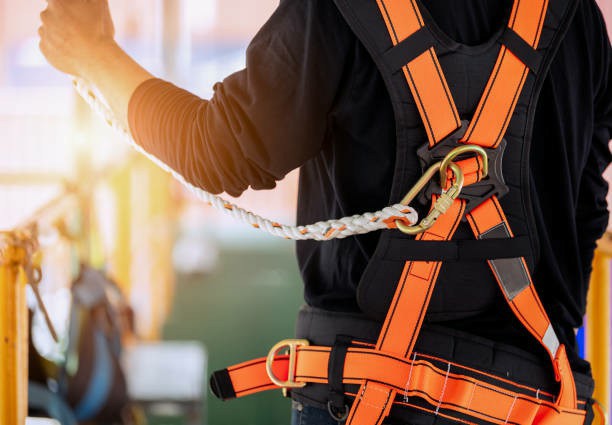


 349,500 Offered Certificates
349,500 Offered Certificates
 24/7 Online Training
24/7 Online Training
 Money Back Guarantee
Money Back Guarantee
 Fully Accredited Courses
Fully Accredited Courses

Created at: 22-02-2025 17:46
Working at heights continues to be one of the most hazardous activities in various industries. Falls from height lead to significant injuries or even fatalities every year, which can often be traced back to common mistakes made by workers. Recognizing and understanding these errors is crucial for enhancing safety protocols and ensuring the well-being of all employees operating above ground. This blog will delve into the most frequent mistakes when working at heights and explore how structured training, such as Working at Heights training, can effectively mitigate these issues.
Before identifying common mistakes, it is essential to understand the significance of working at heights safety. Employees must prioritize safe practices when performing tasks that involve elevation. Inadequate precautions and negligence can lead to devastating consequences, both physically and financially for both workers and companies alike.
One of the most evident mistakes workers make is improperly using personal protective equipment, specifically safety harnesses and helmets. For instance, workers may neglect to adjust harnesses correctly, which can lead to falls, or they might use equipment that is damaged or outdated.
Many workers overlook performing thorough risk assessments before starting their tasks. A risk assessment should identify potential hazards, such as unstable surfaces or adverse weather conditions, which can compromise safety.
Another frequent mistake is failing to utilize fall protection systems effectively. This can include neglecting to attach lifelines, using inadequate anchorage points, or failing to deploy guardrails where necessary.
Not securing tools and equipment while working at heights can lead to dropped items, which can pose a risk to those working below. Workers sometimes disregard securing their tools correctly, causing accidents that could easily be avoided.
Finally, one of the most significant mistakes is disregarding the need for proper training. Many employees may feel they can perform tasks without undergoing the necessary Working at Heights training, assuming they can handle the situation based on previous experiences.
Structured training, such as a Working at Heights safety course, plays an essential role in preventing the mistakes outlined above. Training programs focus on raising awareness among workers about hazards and principles for safely working at elevations.
Accidents and injuries associated with working at heights can be significantly reduced through proper training and adherence to safety protocols. By recognizing and addressing the common mistakes that arise in these situations, both workers and employers can create a safer working environment.
Investing in certified Working at Heights training, including Working at Heights certification Dublin, provides essential knowledge and skills essential for safe operations. If you're ready to take the next step in ensuring safety in your workplace, consider enrolling in a comprehensive course today. For more details on Working at Heights courses online or local training, visit Ireland Safety Training or contact us at [email protected].